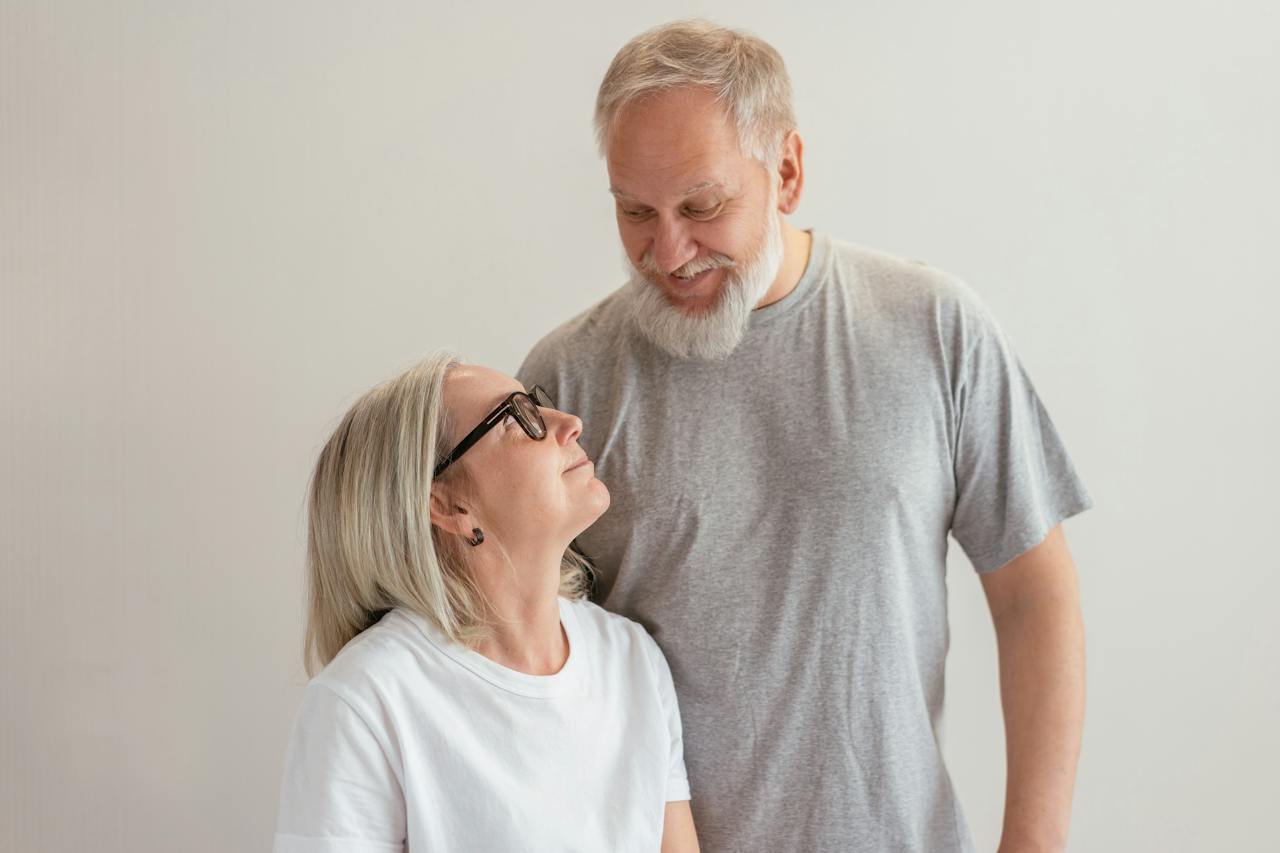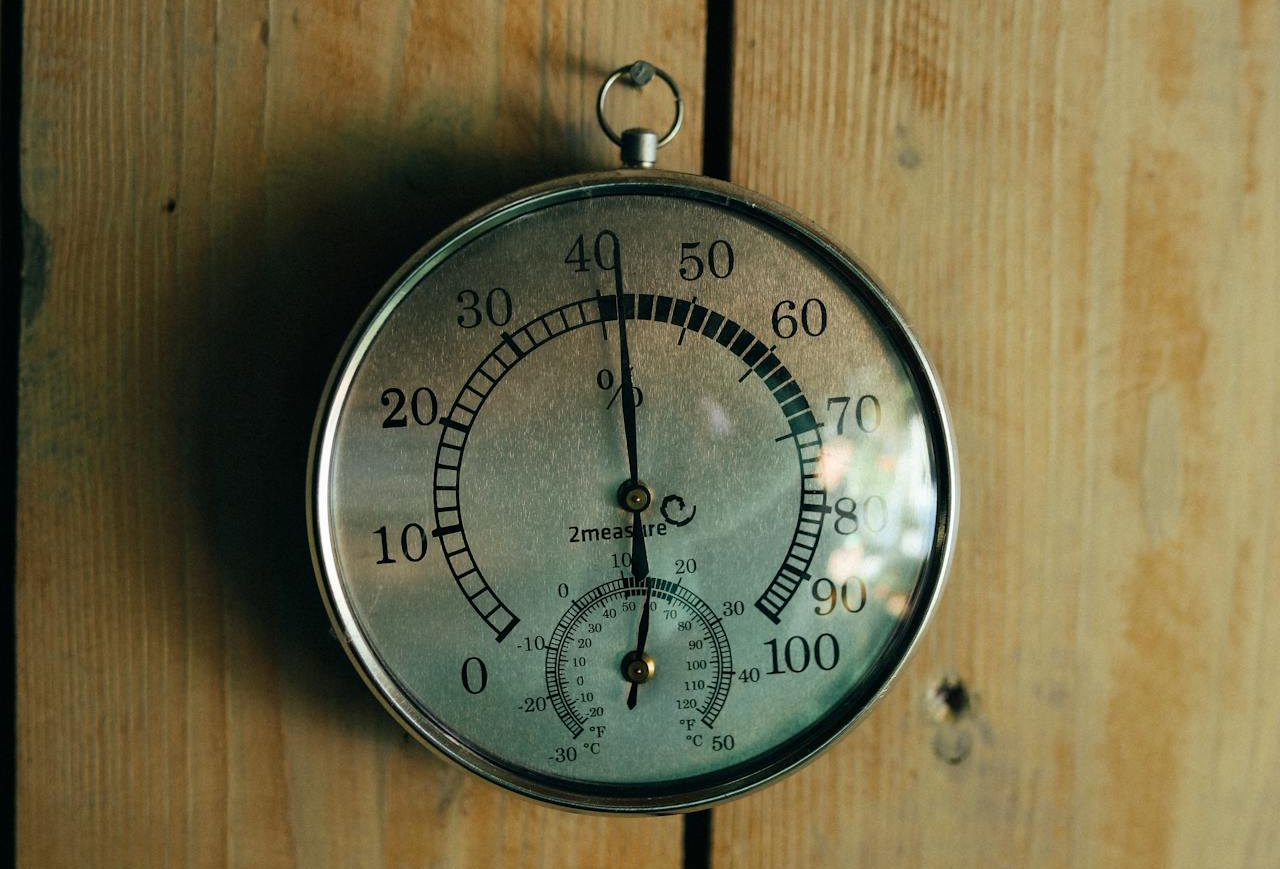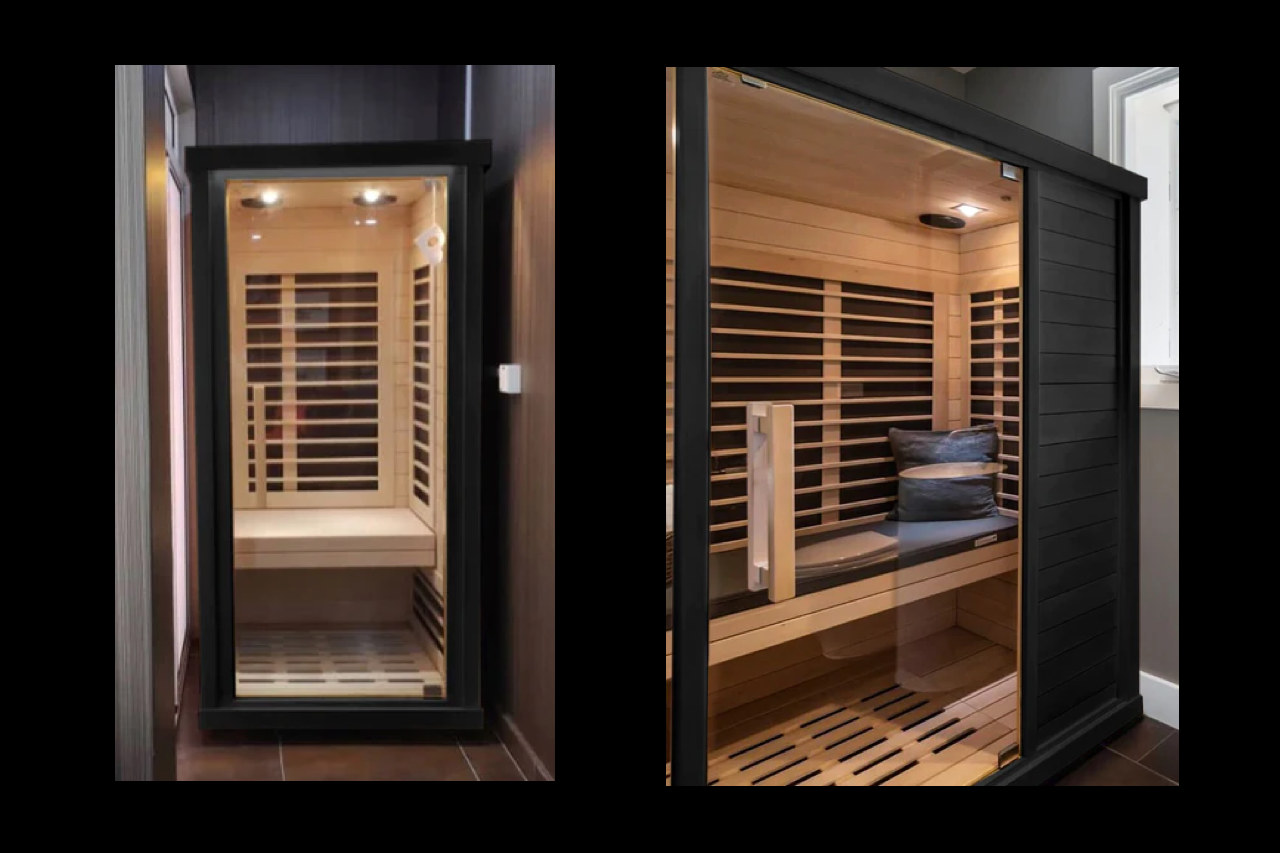- HOME
- Infrared Sauna Benefits
- Long-term Effects
The Effects Of Regular And Long Term Sauna Use

Considering an infrared sauna for your home but feeling a bit unsure about what it means for your long-term health? Don't worry, we found a comprehensive review that didn't just zero in on infrared saunas, but on all sauna types. This review sheds light on how being regularly warmed by sauna heat can affect your body, even over a longer period. [1]
The researchers reviewed numerous observational and interventional studies. The review was not specifically aimed at infrared saunas, but at all types of saunas. It offers valuable insights into everything from potential risks to the lifestyle benefits associated with regular sauna use.
The body's heat response
First let’s have a closer look at the biological effects in your body when you step into the infrared heat.
Body’s temperature
Your body's core temperature can rise during a session in an infrared sauna. First your skin heats, rising to approximately 40°C (104°F), followed by changes in your core body temperature, rising slowly from 37°C to approximately 38°C (98.6°F to 100.4°F) in the first 15 minutes and then increasing rapidly to approximately 39°C (102.2°F).

Hyperthermia
The process of increasing body temperature in an infrared sauna is often termed as 'mild total-body hyperthermia.' It's important though, to distinguish this from hyperthermia treatments used in medical settings.
While both involve raising body temperature, clinical hyperthermia treatments are more controlled, with precise temperature management and are part of specific therapeutic protocols, often targeting malignant cells. Infrared saunas, on the other hand, aim for a broader and less controlled warming effect. Their goal is to promote overall wellness by boosting immunity and enzyme activity.

Heat stress
Exposure to high temperature stresses the body. This kind of stress isn't harmful; in fact, it leads to some interesting changes in how your heart and blood vessels work.
First, your heart starts working a bit harder. The amount of blood it pumps out (cardiac output) can increase by a whopping 60–70%. This might sound intense, but it's a natural and safe response to the heat. During this time, your heart rate goes up – you might even feel it beating faster – but the amount of blood pumped with each beat (stroke volume) stays pretty much the same.
Second, as your heart works harder, there's also a big shift in where your blood goes. Normally, most of your blood is in the core of your body, but in the sauna, a lot of it moves towards your skin. This shift helps you sweat more effectively. On average, you might lose about a pound of fluid in a moderate temperature sauna session through sweating.
And lastly the volume of plasma (liquid part of blood) temporarily goes up. This increase is your body's smart way of making sure you have enough fluid for all this sweating. It also helps cool down your body and makes you better at handling the heat next time you're in a sauna.

Heat acclimation
When you use a sauna regularly, your body gets better at handling heat. This improvement is part of what scientists call 'hormesis.' You can think of hormesis as your body's way of getting stronger by facing small challenges.
In this case, the challenge is the heat of the sauna. When you're exposed to this mild heat stress, your body kicks into gear and activates its defense system. It's like a mini-training session for your cells. So, each time you're in the sauna, your body works on fixing any tiny bits of damage in your cells. It's also preparing itself to deal with bigger challenges in the future. This is super important because it makes your cells more resilient and robust.
And even better: the way your body responds to sauna heat is similar to how it reacts to moderate or even intense exercise. So, for people who might have a hard time doing physical activities due to health issues or disabilities, using a sauna can be a great alternative. It provides some of the same benefits as a workout, but in a way that's more accessible and less strenuous.

At the smallest level: cellular enhancements
During your sauna session your body's cells undergo some pretty amazing changes at the molecular level. The heat causes your body to produce more heat shock proteins. These are specific proteins that are made when cells are briefly exposed to temperatures above their normal growth temperature.They are your body’s tiny repair workers.
They're crucial for protecting your cells, keep your immune system in check, and make sure proteins in your body stay in good shape. They prevent proteins from getting damaged or stuck together, and so heat shock proteins can help protect against diseases that affect the brain (like Alzheimer's) and the heart.
The heat activates nrf2 too, which can be seen as your body's defender. It's like a master switch that turns on the body's defense system against oxidative stress, which can harm your cells. When nrf2 is activated, it boosts your body's antioxidant defenses, which is like giving your cells a shield against damage.
Finally, your body balances the levels of certain molecules called cytokines [2]– specifically, interleukin-6 (il-6) and interleukin-10 (il-10). Il-6 can sound the alarm when there's inflammation, while il-10 helps calm things down. This helps your body to respond appropriately to inflammation.
Now you know how the sauna heat impacts your body, it is interesting to see how these changes contribute to your long-term health and longevity.

Health benefits for longevity: sauna bathing and lifelong wellness
The researchers noticed a consistent pattern: people who use saunas regularly tend to have lower rates of certain illnesses and, impressively, a reduced risk of premature death. Their analysis suggests that the benefits of sauna use go beyond immediate relaxation and short-term health improvements.
They point towards a profound impact on our lifespan. By regularly engaging in sauna sessions, we might boost our body's ability to stay healthy for longer. This indicates living longer, healthier and stronger as we age.
The previously described responses of your body to the heat of the sauna naturally play an important role in this. The sauna supports the body in strengthening its resilience and its ability to fight diseases. In short, regular use of a sauna, including an infrared sauna, can help you maintain good health throughout your life.
So much for the benefits of regular sauna use, but what about the risks?

Potential concerns sauna use
In broad terms the research confirms that regular sauna use is safe for most healthy individuals and those with stable heart disease. But it also examines the potential concerns and risks of sauna use in detail.
Dehydration and overheating risk
Sauna use can cause excessive sweating, which can lead to dehydration and overheating. Recognize symptoms like dizziness, headaches, and intense thirst. Limit your time in the heat. Watch for adverse reactions.
Due to fluid and electrolyte loss during sauna sessions, proper hydration and electrolyte balance are essential, especially after sauna sessions. Drinking sufficient fluids before and after sauna sessions and consuming electrolyte-rich foods is recommended. Click here for more information on high-risk sauna users and dehydration.
Now, let's turn to specific concerns.
Contraindications
These include alcohol use, hypotension (low blood pressure - especially in older adults), recent heart attack, unstable angina pectoris, severe aortic stenosis, and altered or reduced sweat function.
Caution with acute illnesses
Those with acute illness accompanied by fever or inflammatory skin conditions should avoid sauna use.
Cardiovascular risks
Sauna use can be beneficial for those with stable heart disease, but it should be approached with caution in cases of severe cardiovascular conditions.

Pregnant women
Observational studies in Finland and the U.S. found no link between sauna use and increased cardiovascular malformations in newborns [3]. Though it is suggested that the core body temperature in pregnant women should not exceed 39.0 °C (102.2 °F).
Pregnant women with toxemia (a condition with increased blood pressure and possible kidney problems) should be cautious with sauna use. It's advised that pregnant women consult with their physician regarding sauna use. The American College of American College of Obstetricians and Gynecologists advises not to use saunas for a longer time period [4].
Children
Children's bodies don't regulate temperature as effectively as adults, partly because they sweat less. However, research results vary on how easily healthy children can overheat and do not really rule out sauna use in children.
Male fertility
Regular sauna sessions at high temperatures can temporarily reduce sperm count and motility in men [5]. However, these effects are reversible, and normal fertility measures can be restored within six months after stopping the sauna sessions.
Let's revisit our main topic: the long-term effects of using infrared saunas. We have examined how sauna heat affects our body over time. The extensive review ‘Sauna use as a lifestyle practice to extend healthspan’ gave us a clear view of sauna benefits and risks.
The results show that using infrared saunas long-term is usually safe. It greatly improves health and lifespan. But, it's important to use saunas wisely. You need to know the right way to use them.
Be aware of your health limits. Always follow safety rules. This ensures you enjoy the sauna's health benefits safely. In short, smart and balanced sauna use is key for good health.

Diane Sargent
References
1. Rhonda P. Patrick and Teresa L. Johnson, Sauna use as a lifestyle practice to extend healthspan, Experimental Gerontology, https://www.sciencedirect.com/science/article/pii/S0531556521002916#bb0165
2. Cleveland Clinic, Cytokines, https://my.clevelandclinic.org/health/body/24585-cytokines
3. Nicholas Ravanelli et al., Heat stress and fetal risk. Environmental limits for exercise and passive heat stress during pregnancy: a systematic review with best evidence synthesis, PubMed, https://pubmed.ncbi.nlm.nih.gov/29496695/
4. The American College of American College of Obstetricians and Gynecologists, Can I use a sauna or hot tub early in pregnancy?, https://www.acog.org/womens-health/experts-and-stories/ask-acog/can-i-use-a-sauna-or-hot-tub-early-in-pregnancy
5. Andrea Garolla et al., Seminal and molecular evidence that sauna exposure affects human spermatogenesis, PubMed, https://pubmed.ncbi.nlm.nih.gov/23411620/
For those who enjoyed this read, there are more insights in the articles listed below


